15:59, 06/07/2023
BHG - According to statistics from the Department of Culture, Sports and Tourism, there are currently over 80 caves in the province, of which 43 have been ranked and inventoried (9 caves ranked at the national level, 3 caves at the provincial level); in the Stone Plateau alone, 55 caves have been inventoried and surveyed or partially surveyed. This is a great potential for exploiting “underground” exploration tourism activities.
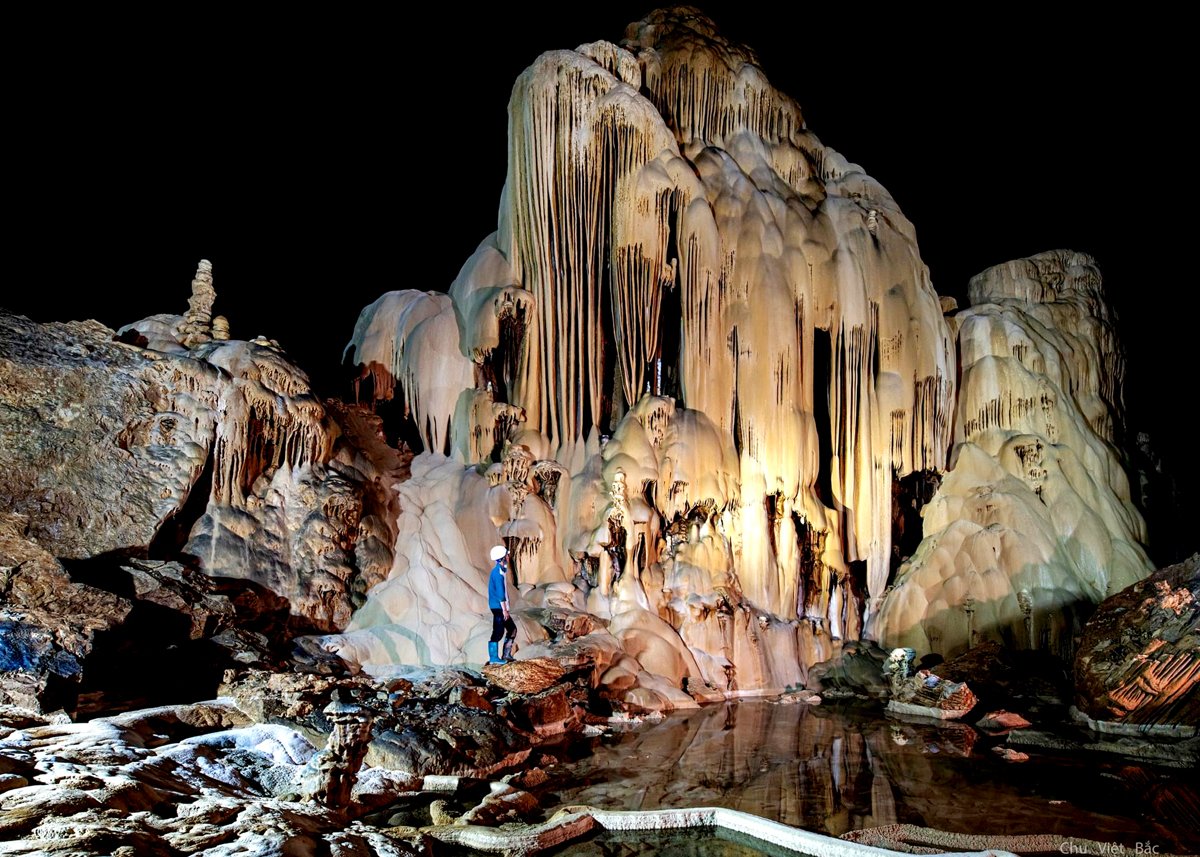 |
| Explore the cave system on the Stone Plateau. Photo: Contributor |
Deputy Director of the Department of Culture, Sports and Tourism Nguyen Thi Hoai said: The reason why the province has a large number of caves is because geological tectonic activities have divided the blocks, the strong terrain movement has created differences; along with climate change, the strong Karst evolution has created very diverse caves and sinkholes, especially on the Dong Van Stone Plateau. Caves are a special type of terrain and landscape with geological and geomorphological values with a diverse stalactite system that has aesthetic and scientific values such as stone walls, stalagmites, stalactites, stone curtains, etc. The cave system in the Dong Van Stone Plateau Global Geopark has a splendid, magnificent, magical beauty that is especially attractive to tourists. In addition, many caves also contain archaeological relics, historical and cultural relics of the nation, so they are even more valuable for tourism development.
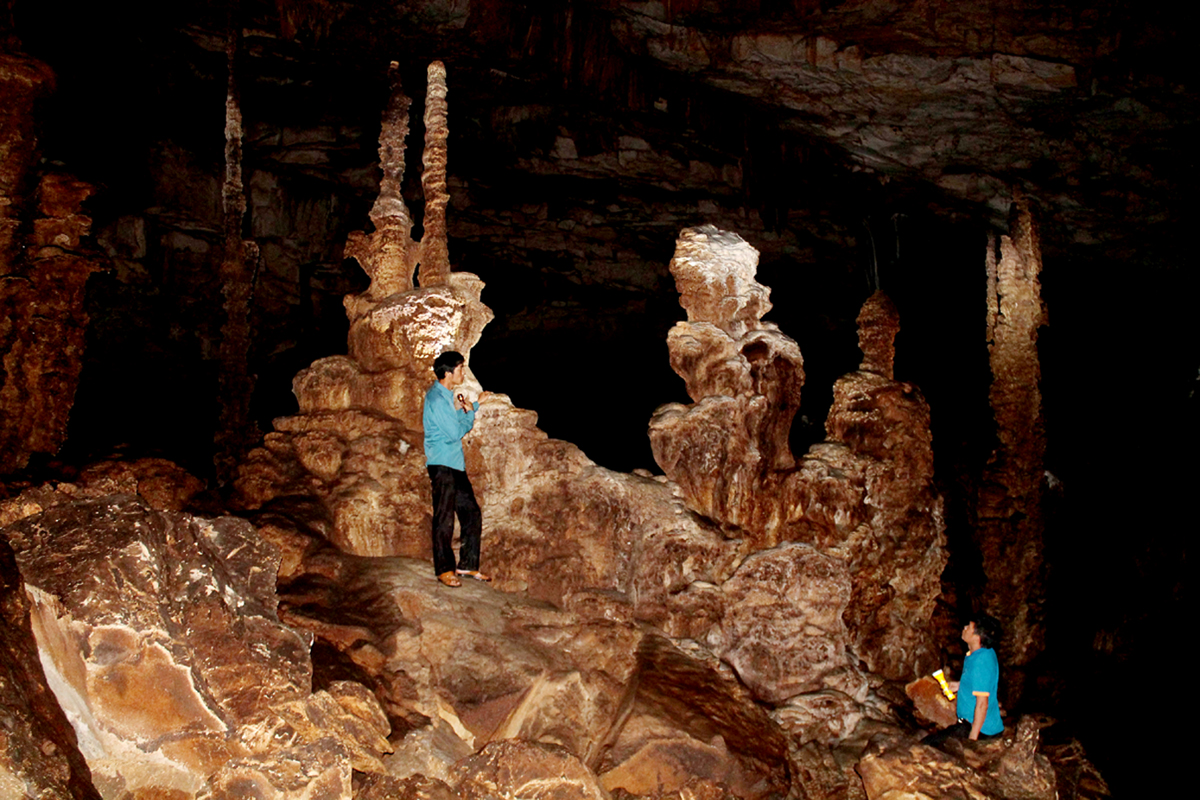 |
| Stalactite system at Sang Pa cave, Duong Thuong commune (Yen Minh). |
According to photographer Chu Viet Bac, who has had dozens of expeditions, discoveries and taken many photo sets in caves in the province such as Quang Binh, Bac Quang, Vi Xuyen, Bac Me, Dong Van, Meo Vac, Quan Ba, Yen Minh districts: Our province has different types of caves such as cloud caves, dry caves and water caves. These types of caves can be weathered (no longer forming stalactites inside) or living caves (continuing to form stalactites). There are caves over 5 km long, caves with many high floors but there are also caves only a few hundred meters long. Some caves have traces of prehistoric people living or traces of migration of ethnic minorities thousands of years ago that have been excavated and announced by the authorities. However, most of them have not been known to, explored and exploited for tourism by the authorities and localities.
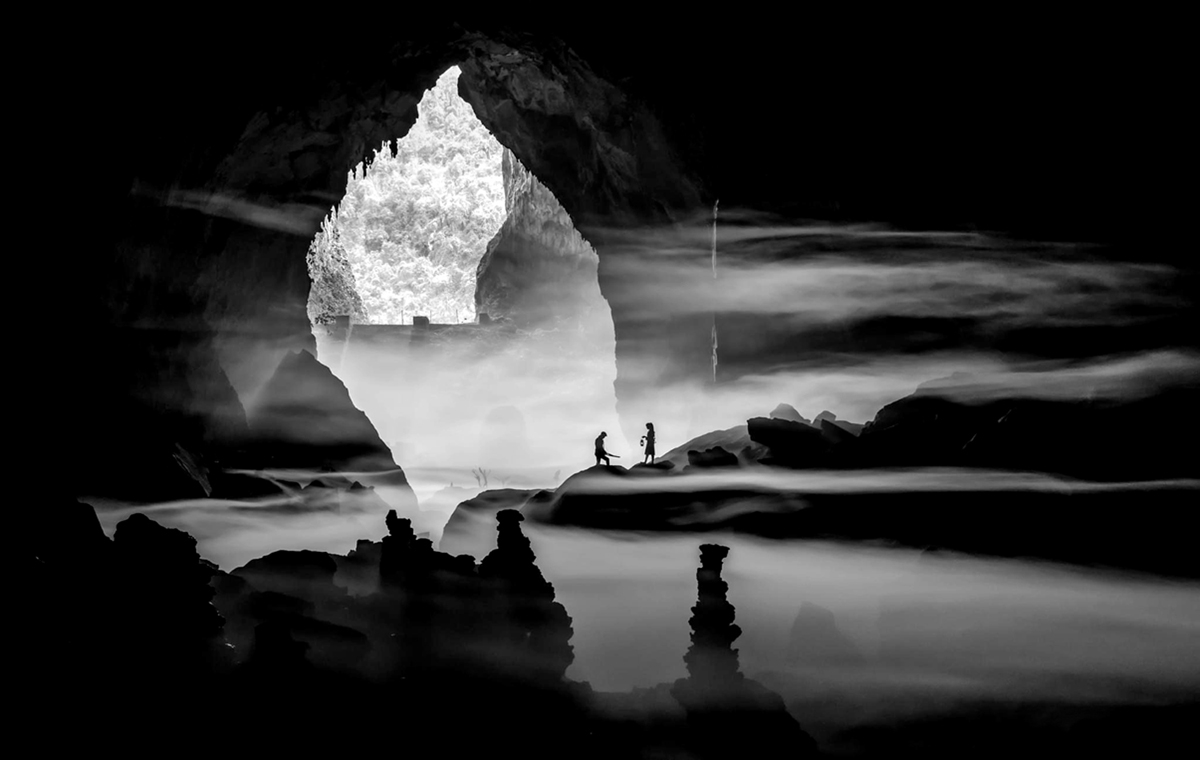 |
| Magical cave in Ta Lung commune (Dong Van). Photo: Chu Viet Bac |
Caves are often located at the foot of mountains and halfway up the mountain, so access is difficult due to the rugged terrain (no way up, slippery roads, no guide system). With the characteristics of the Karst cave system, it is a special type of sub-ecosystem, very easily destroyed by human intervention, such as: There are caves with special limestone shapes (stalactites, jade stones, underground water veins...) that take millions of years to form or have living organisms such as spores, fungi, anaerobic animals, photophagous animals; there are caves with prehistoric human relics of special value; or there are caves containing an extremely diverse system of fossilized marine life... Therefore, exploitation in the form of wide opening, installing equipment, electric lights, allowing visitors to freely enter the cave can inadvertently destroy all of these valuable resources.
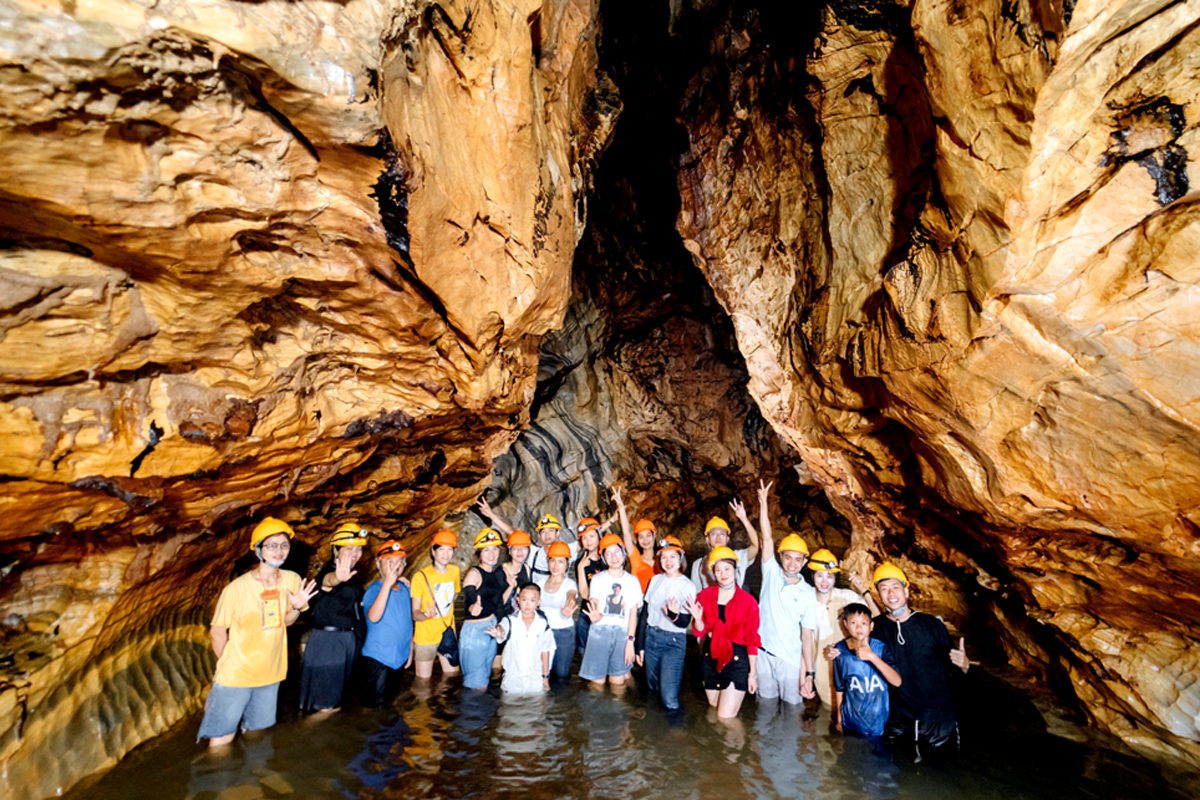 |
| Ha Giang Young Tourism Company organizes a tour for tourists to explore Po My Cave (Quang Binh). |
In addition, Karst caves on the Stone Plateau often contain underground water veins, rivers, and streams, which are important resources for the livelihood of the people and need to be strictly protected. Cave exploration is a special tourism activity that requires good health, knowledge, skills, specialized means of transportation, climbing, rescue, etc. Along with that, the adventure is quite high, many risks can affect the health and life of tourists, high costs, so there need to be professional organizations and strict control. On the other hand, cave exploration is not inherently a field of great interest to tourists, only less than 10%. Therefore, the exploitation of this field needs to carefully calculate the needs and capabilities of tourists. In the immediate future, to protect this non-renewable and limited resource and attract highly professional enterprises with good resources to invest in exploitation, the province and the Department of Culture have not yet agreed to open freely and advocate for maximum restriction of uncontrolled exploitation of cave systems; many places also require local authorities to strictly protect and install anti-access/prohibition systems. Therefore, only Lung Khuy Cave (Quan Ba) is currently open to visitors.
In fact, although there is no policy for the widespread exploitation of adventure tourism activities, exploring the cave system, some travel agencies have organized small survey and exploration trips to gradually grasp the needs of tourists and build tours of this type. This affirms that the potential for developing adventure tourism and cave exploration in the province is very large.
Mr. Nguyen Van Trai, Director of Ha Giang Tre Tourism Company shared: Our company has organized several tours to experience cultural identity for tourists in Khun village, Bang Lang commune (Quang Binh) and explore Po My cave. The feelings and reviews of tourists are very good. We see that although the province's cave system is not as large and diverse as Quang Binh province, the landscape and stalactite system are very beautiful, which is a great potential for tourism exploitation. If the province has specific mechanisms and policies to encourage the development of this type of tourism, the organization of tours to explore and experience caves will certainly be professionalized and become an attractive type of tourism.
Looking at the experience of organizing tours to explore the cave system in Phong Nha - Ke Bang National Park, Quang Binh province, especially Son Doong cave, we can see that although the number of tourists is limited, it still brings high economic value, creates many jobs for local workers and effectively promotes the image of the land and people of the tourist area as well as the potential to attract investment in infrastructure and tourism services. This is the basis for all levels and sectors to research, have plans, policies and specific orientations for developing cave exploration tourism activities in the province.
Article and photos: DUY TUAN
Source


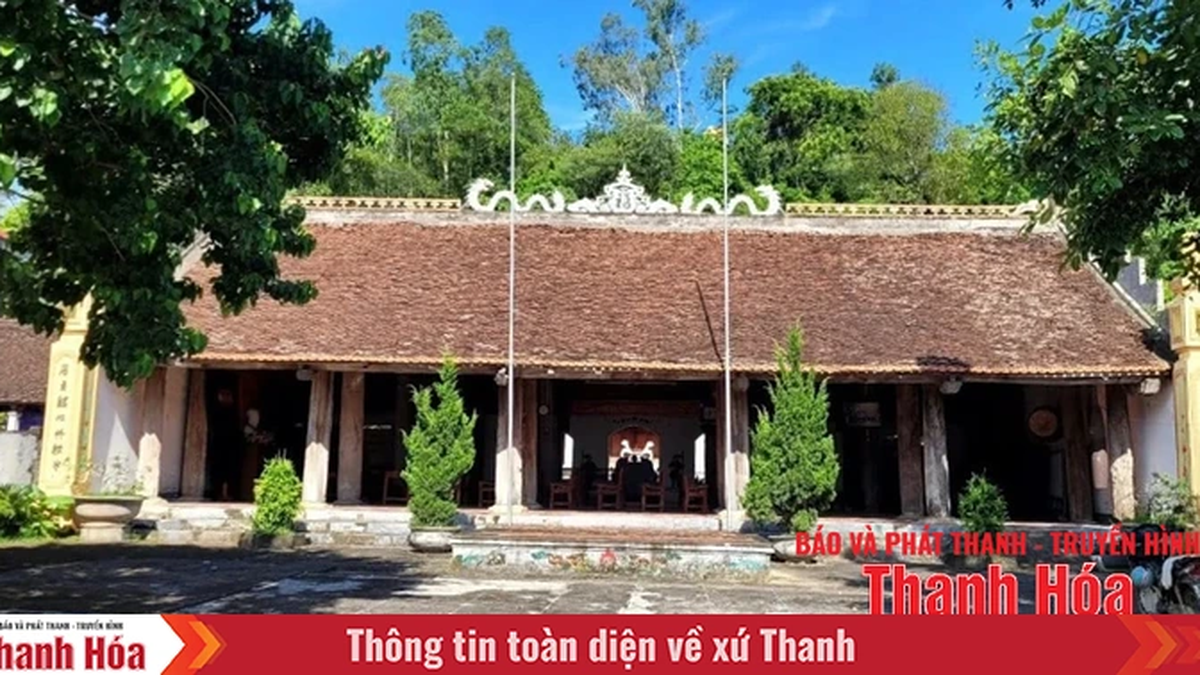



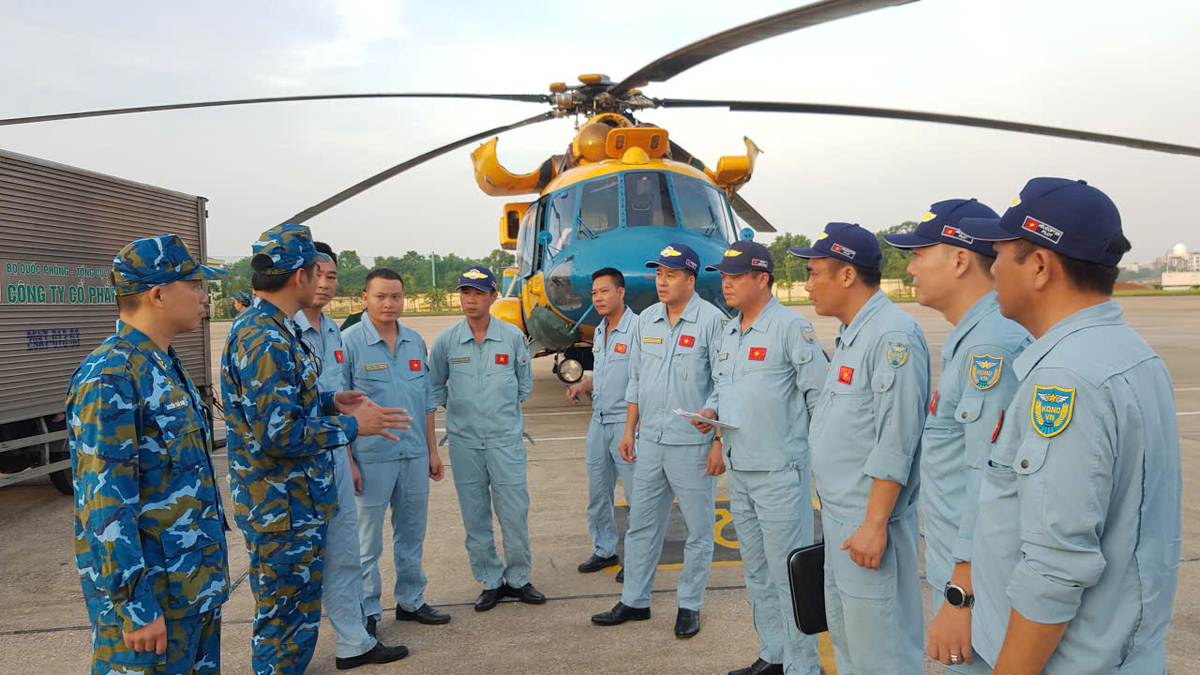
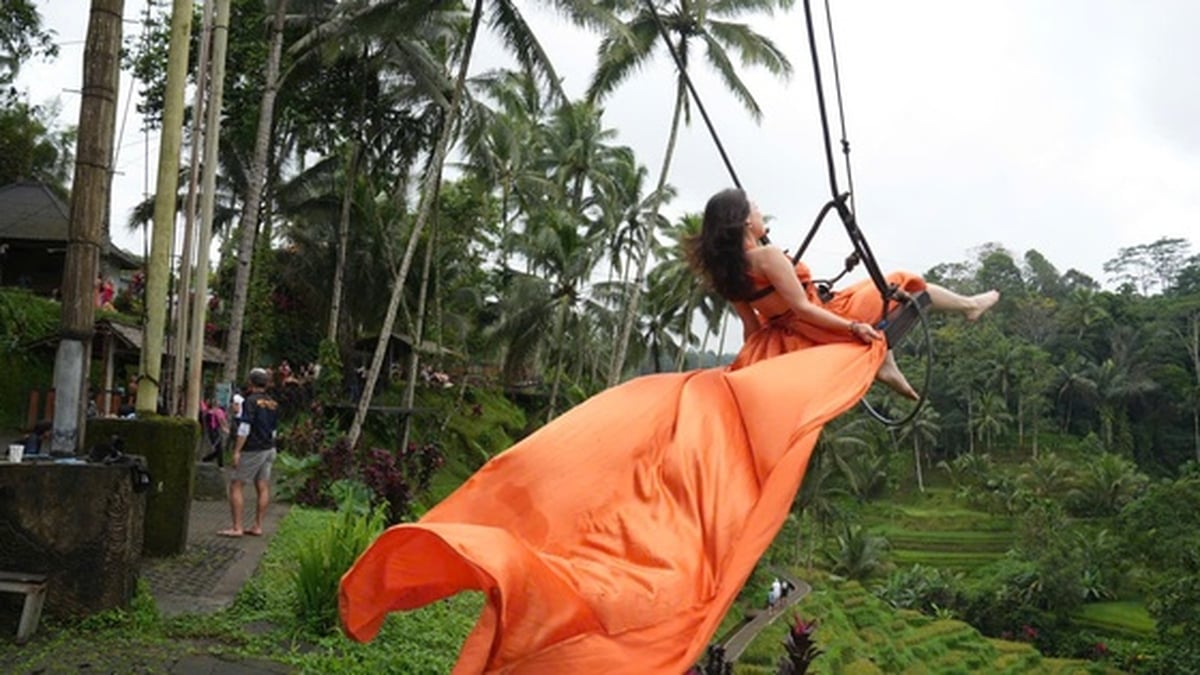
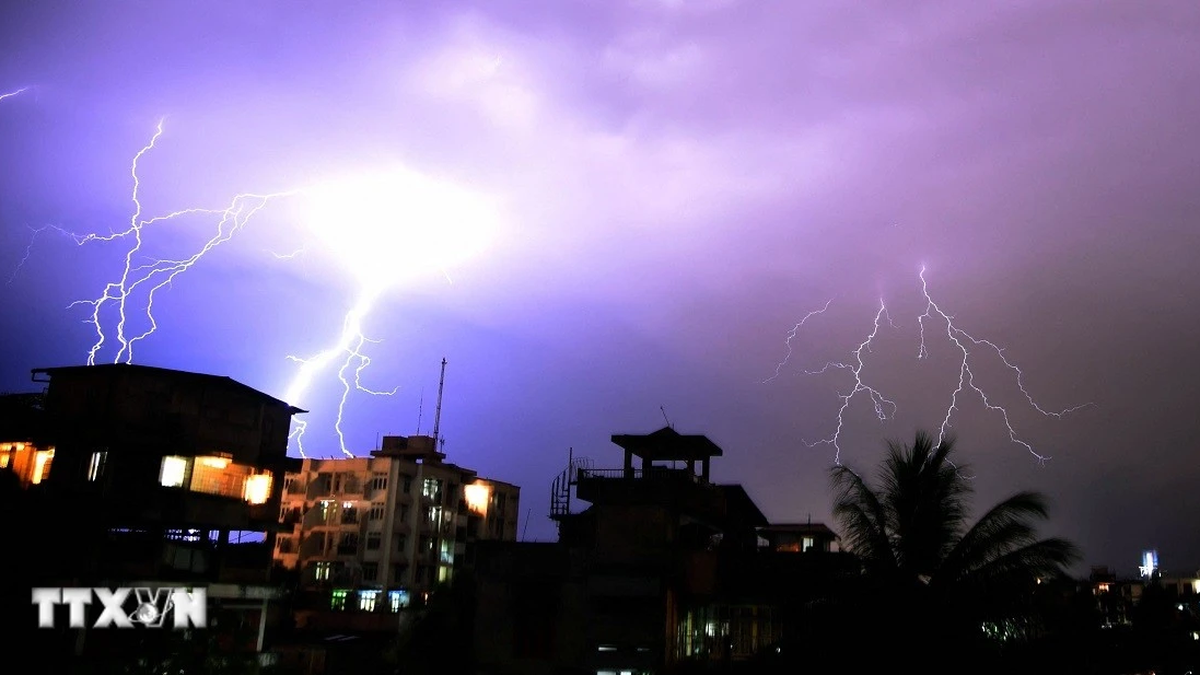

























































































Comment (0)